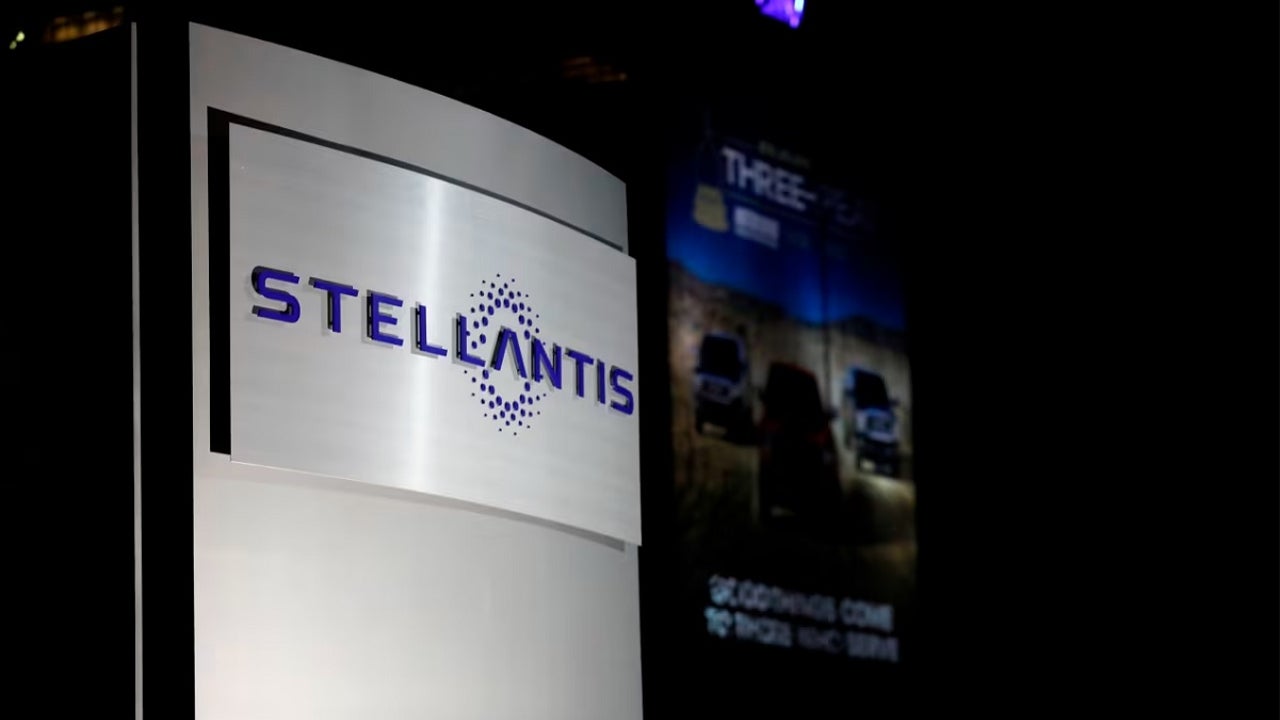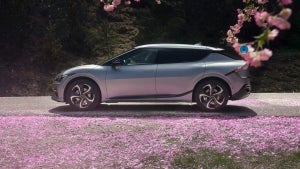Stellantis Expands EV Lineup Amid Tariff Challenges
Stellantis is launching three electric models in the U.S., but tariffs and overseas production could challenge its competitiveness in the growing EV market

- April 18, 2025
- Updated: April 18, 2025 at 10:47 AM

Stellantis is expanding its electric vehicle (EV) lineup in the U.S. with the introduction of three models: the Dodge Charger Daytona EV, the Jeep Wagoneer S, and the Fiat 500e.
However, the automaker faces significant challenges due to tariffs that may adversely impact its competitiveness in the burgeoning EV market. While the Charger Daytona is manufactured in Canada, the Wagoneer S hails from Mexico, and the 500e is imported from Italy.
This reliance on overseas production could hinder Stellantis’s performance, particularly as the market for electric vehicles becomes increasingly competitive.
Tesla Strengthens Market Position with All-Domestic Manufacturing
In contrast, Mazda has positioned itself uniquely in the U.S. market, with the CX-50 being the only model produced domestically. This gives Mazda a distinct advantage over other automakers who predominantly rely on imported vehicles.
The CX-50 benefits not only from local production but also from the growing consumer preference for SUVs, further bolstering its sales potential.
On the other hand, Hyundai is making significant strides in production capability with its new “Metaplant” facility in Georgia, which promises to enhance the company’s manufacturing operations in the U.S.
Despite this advancement, a large portion of Hyundai’s products continues to be imported, raising questions about the long-term efficacy of local production strategies.
Meanwhile, Tesla continues to strengthen its foothold in the U.S. automotive landscape, as all vehicles sold in the country are manufactured domestically. This local production strategy not only supports Tesla’s brand image but also mitigates the impact of tariffs and trade policies that can affect imported vehicles.
As the competition heats up and global economic factors come into play, the automotive industry’s landscape is expected to shift dramatically in the coming years, highlighting the importance of local production in achieving market success.
Latest from Agencias
You may also like

How to use Plex to watch Netflix, Prime Video, Disney+ and more in a single app
Read more

Stop dealing your photos: With these iPhone settings you can recover storage space
Read more

Can ChatGPT help you save money in the Streaming department?
Read more

It turns out the iPhone 16e was key to Apple’s success after all
Read more

New Electric Vehicle Charging Stations Set to Revolutionize EV Experience
Read more

A Better Routeplanner: The Essential Tool For Kia EV6 Owners
Read more